Two Types Of SAMs
As the Japanese Ground Self-Defense Force (JGSDF) enjoys a surprisingly diverse arsenal of anti-air weapons, one such asset known for its high mobility is the Type 93 Surface-To-Air Missile.
- General Overview
| Mass | 11.5kg (25.4lbs) |
| Length | 1.43m (4.7ft) |
| Diameter | 8cm (3.14in) |
| Speed | Mach 1.7 (1,340mph) |
| Range | 5km (3.1) |
| Altitude | 3,500m (11,480ft) |
| Crew | 3 people |
| Unit Price | 5 million USD |
The Type 93 SAM is a shore range missile mounted on top a military-type Toyota Mega Cruiser, and was introduced in 1993 to replace the obsolete 35mm anti-aircraft guns.
As a mobile platform, it is responsible for the last line of air defense at the division or brigade level and is often compared to the Type 81 SAM.
Whereas the Type 81 is referred to as Tan-SAM (短SAM) which literally means a short-range SAM, the Type 93 is designated as Kin-SAM (近SAM), translating it to “close-in range.”
While both the word “短” and “近” represents a notion of closeness, there is a subtle difference regarding its nuance. We won’t go into the linguistic nature, but the JGSDF seems to define the Kin-SAM as vehicle-mounted version of a portable air-defense systems or MANPADS.
On the other hand, Tan-SAM are the ones that have somewhat larger missiles with slightly longer ranges.
Taking such classification into account, the Type 93 SAM is basically a mobile launcher using a repurposed Type 91 MANPADS, resulting in reduced costs and time during development.
Visual Targeting System
The Type 93 SAM can launch a total of eight missiles, using a camera and infrared homing system throughout the process.
Upon confirming an airborne threat, the squad leader will visually confirm and laser-target by using a helmet-mounted aiming device that is linked to the launcher. The gunner will subsequently fire the missile using a joystick and track the target through image and infrared guidance.
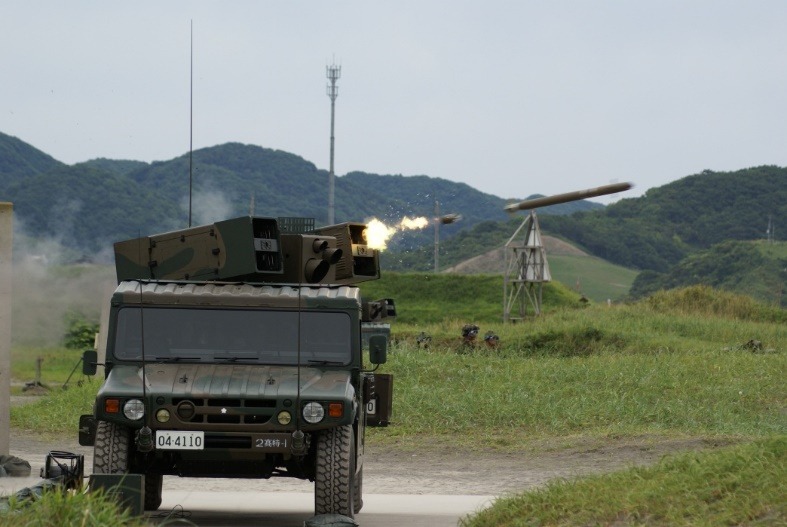 A Type 93 SAM firing a missile (photo: JGSDF)
A Type 93 SAM firing a missile (photo: JGSDF)
One disadvantage is that due to cramming everything into a single vehicle, the system was not able to host a radar device, thus leaving it to rely on visual targeting.
However, it can be integrated with the JGSDF division’s information system and has the capacity to handle multiple targets within a full 360-degree range.
The missile itself can demonstrate high accuracy and fire-and-forget capabilities since it is utilizes the same technology of the Type 91 MANPADS.
As the war in Ukraine reconfirms the importance of mobile air-defense assets, the Type 93 SAM can certainly be a effective against combat helicopters and kamikaze drones, especially when camouflaged along the frontlines.
So far a total of 113 units have been procured and issued across each division and brigade’s air-defense units. But, with the recent effort to develop a new Kin-SAM aimed at improving capabilities against small and low-altitude targets, production of the Type 93 SAM has already ceased.
The new SAM is to automate the targeting and firing procedure while being easier to deploy towards remote islands through airlift. The Air Force (JASDF) is also planned to introduce this new Kin-SAM for its base defense units, expecting better results against low-altitude threats such as incoming cruise missiles.
In any case, the development is set to complete in 2026, but the new equipment cannot be procured all at once, making the Type 93 SAM to continue its service for the time being.


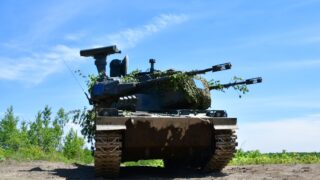



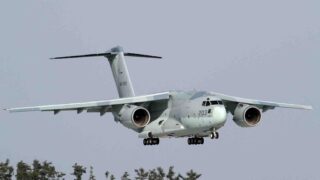
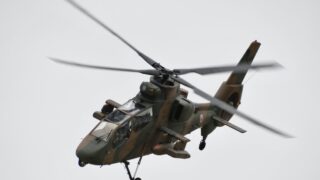
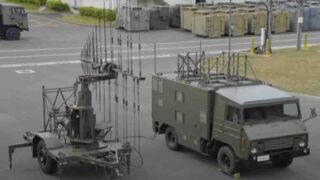
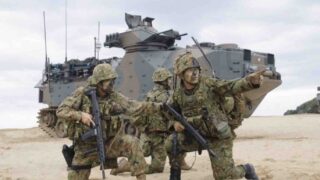
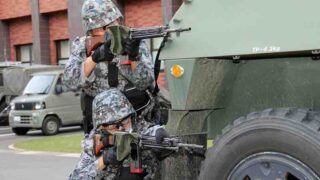



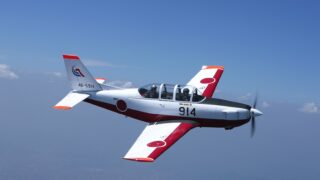


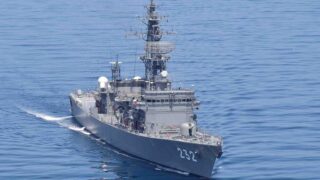
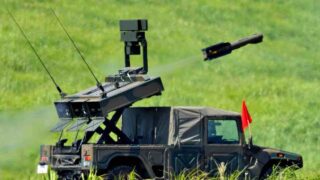
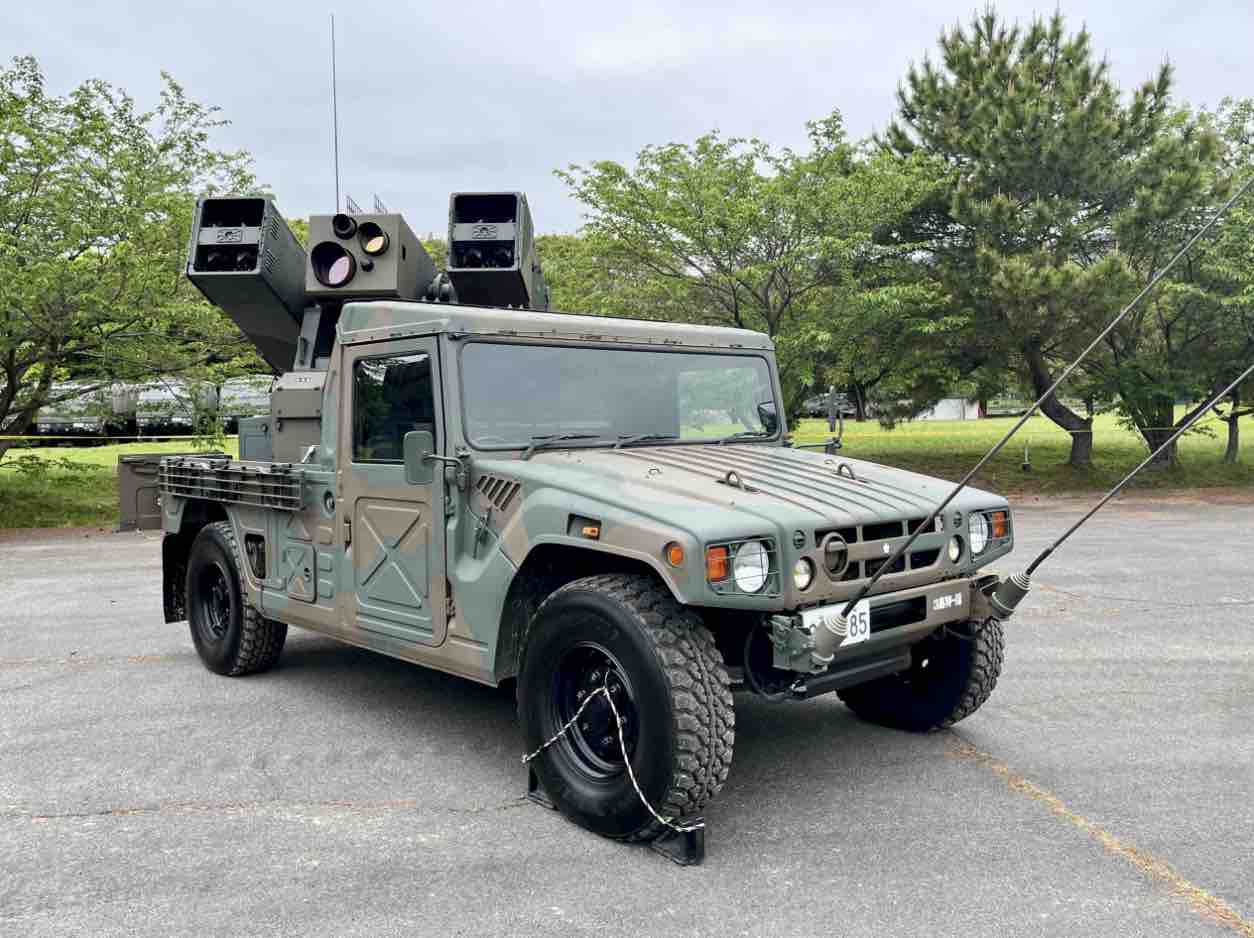
Comments